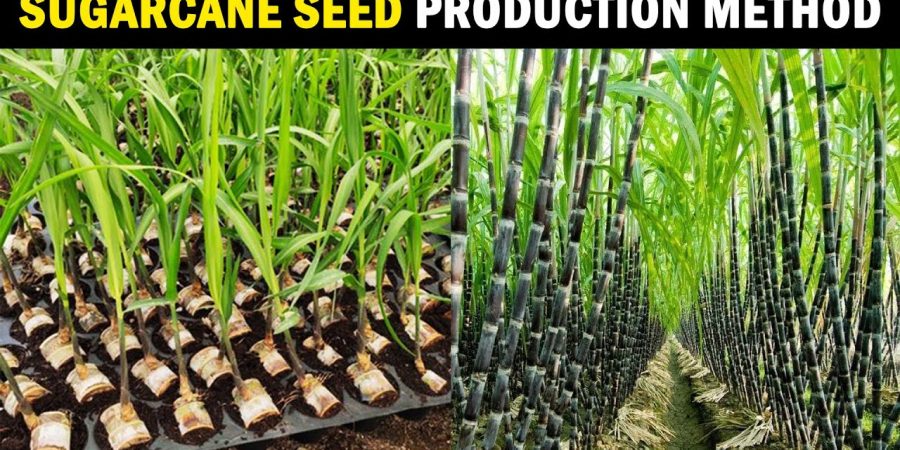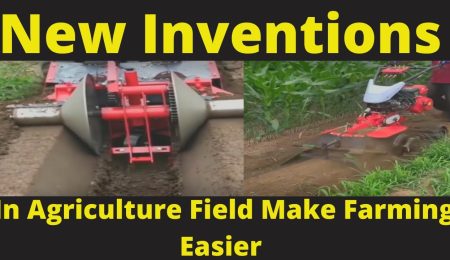Sugarcane, one of the world’s most important crops, plays a vital role in the global sugar and biofuel industries. The cultivation of sugarcane involves a meticulous process encompassing seed production, planting methods, and farming practices. In this article, we delve into the intricate art of sugarcane cultivation, focusing on the micropropagation technique for seed production, innovative planting methods, and sustainable farming practices.
Micropropagation: A Path to Pathogen-Free Plants
Micropropagation, a technique essential for obtaining pathogen-free and genetically homogeneous sugarcane plants, is a cornerstone of modern sugarcane cultivation. This process involves several stages meticulously designed to ensure the propagation of vigorous and disease-free plantlets. The use of temporary immersion systems (TIS) has revolutionized large-scale sugarcane production, enabling efficient multiplication of plants under controlled conditions.
Stages of Micropropagation:
- Initiation: In this stage, small sections of sugarcane tissue are cultured in a nutrient-rich medium to initiate the growth of new shoots.
- Multiplication: Once the shoots develop, they are transferred to a multiplication medium where they undergo rapid proliferation, resulting in the formation of multiple plantlets.
- Rooting: The multiplied plantlets are then transferred to a rooting medium to stimulate the development of roots, essential for their adaptation to soil upon transplantation.
Establishing Seed Production: From Laboratory to Field
The journey of sugarcane seed production begins in the laboratory and extends to the field, encompassing various stages aimed at ensuring the quality and quantity of seeds produced. The establishment and utilization of basic seed (primary seed), semicommercial seed (foundation or secondary seed), and commercial seed production are integral components of this process.
Laboratory Phase:
- Basic Seed Production: In this phase, selected elite sugarcane varieties are propagated through micropropagation techniques to obtain certified vitroplants free from pathogens and genetic abnormalities.
- Semicommercial Seed Production: The vitroplants obtained from the basic seed production phase are further multiplied in controlled environments to produce a larger quantity of secondary seedlings, ensuring genetic uniformity and vigor.
Field Phase:
- Commercial Seed Production: The secondary seedlings are transplanted into the field under optimal conditions to produce commercial seed cane. This involves meticulous management practices to maximize yield and quality while minimizing disease incidence and environmental stress.
Enhancing Productivity: The Role of Commercial Sugarcane Micropropagation
Commercial sugarcane micropropagation represents a significant advancement in sugarcane cultivation, enabling the mass multiplication of certified vitroplants. By harnessing the power of biotechnology, this technique facilitates the production of disease-free and genetically superior sugarcane varieties, thereby enhancing productivity and sustainability in the sugar and biofuel industries.
Paving the Way for Sustainable Sugarcane Cultivation
In conclusion, the art of sugarcane cultivation encompasses a multifaceted approach, from seed production in the laboratory to planting methods and farming practices in the field. Micropropagation techniques, such as temporary immersion systems, play a pivotal role in ensuring the production of high-quality seedlings for commercial cultivation. By embracing innovative technologies and sustainable practices, the sugarcane industry can continue to thrive, meeting the growing demand for sugar and biofuels while contributing to food security and economic development worldwide.
Supplier or Manufacturer from India? Register FREE and List Your products





Leave feedback about this